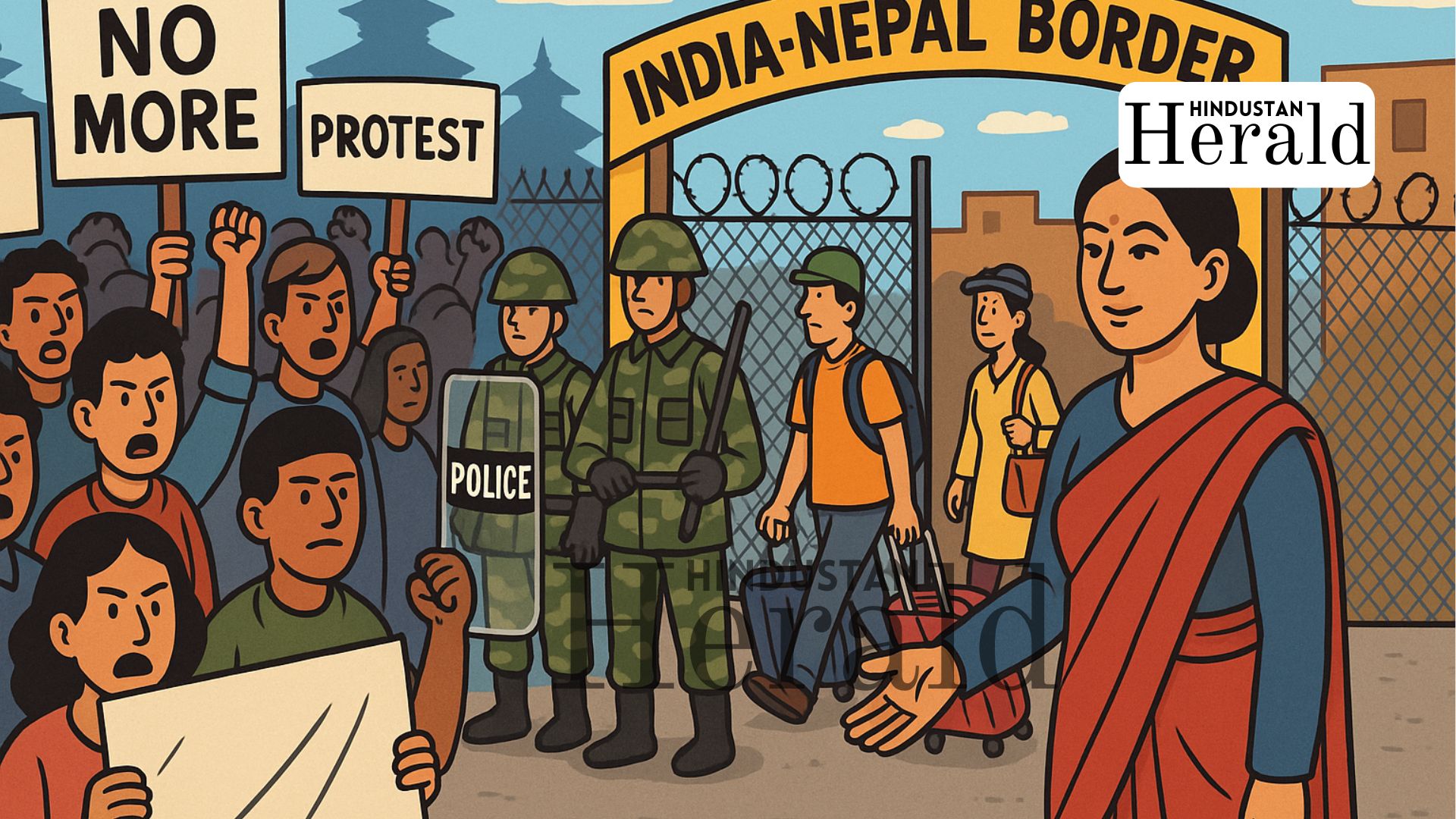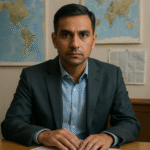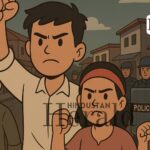New Delhi, September 12: Nepal is boiling again. Streets packed with young protesters, shops shut, smoke rising in parts of Kathmandu. And now, behind closed doors, a former Chief Justice could be called in to try and cool the fire.
The name is Sushila Karki. She’s not a politician, she never led a party. But according to Reuters, she’s suddenly in line to become interim Prime Minister. The talks are happening inside the President’s residence with the Army Chief on one side, Gen Z protesters’ representatives on the other. A judge-turned-reluctant leader that alone tells you how deep the crisis runs.
What sparked all this? A social media ban, of all things. It lasted only a few days, then got rolled back. But the damage was done. Young people poured out, demanding more than Wi-Fi. They want a parliament gone, parties out, a system rebuilt from scratch.
Meanwhile, ordinary life has been stuck on pause. For three days, the Panitanki border with India was shut. On Thursday, it finally reopened. Hundreds of people rushed across 420 Indians back home, 560 Nepalis heading the other way. Drivers had been sleeping in their trucks waiting for the gate to lift. Once it did, 19 petrol tankers and other goods carriers rolled through, cheered on by traders who’d been bleeding money.
The human stories are harder. A 55-year-old woman from Ghaziabad died in Kathmandu. She was in a hotel that rioters torched. In the panic, she fell to her death trying to escape. For her family, a holiday ended in tragedy.
Elsewhere, four families from Madhya Pradesh are stuck, sending desperate messages to Delhi for help. Andhra Pradesh moved faster it sent a special flight and pulled back around 100 citizens.
Delhi isn’t sitting quiet either. Border guards the SSB and state police are suddenly everywhere, checking vehicles, scanning crossings. The border is technically open, but for now it feels tense. One senior officer told The Economic Times the focus is on stopping infiltration and keeping violence from spilling across.
What makes these protests unusual is who’s driving them. The faces are young. Many have never seen Nepal outside of the messy politics of coalition deals. They organized online, through the very apps the government tried to silence. Their chants, “Dissolve Parliament,” are blunt and furious.
Police have hit back with curfews, tear gas, and batons. Government buildings have burned anyway. Cars too. Kathmandu feels fragile, like a city waiting for either calm or collapse.
For India, this is not a distant storm. The border is open, the economies overlap, and families stretch across both sides. Every ripple in Nepal hits districts in Bihar, UP, and Bengal. Delhi remembers 2015 and the blockade that followed. Nobody wants a repeat.
So, will Sushila Karki be able to calm this? Maybe. She has a reputation for honesty and grit. But honesty alone may not satisfy a generation that has lost patience.
Tonight, Nepal is still restless. India is on alert. And for people on both sides of the border, the only question is whether tomorrow brings peace or another day of fire.
Stay ahead with Hindustan Herald — bringing you trusted news, sharp analysis, and stories that matter across Politics, Business, Technology, Sports, Entertainment, Lifestyle, and more.
Connect with us on Facebook, Instagram, X (Twitter), LinkedIn, YouTube, and join our Telegram community @hindustanherald for real-time updates.
Specializes in South Asian geopolitics and global diplomacy, bringing in-depth analysis on international relations.






